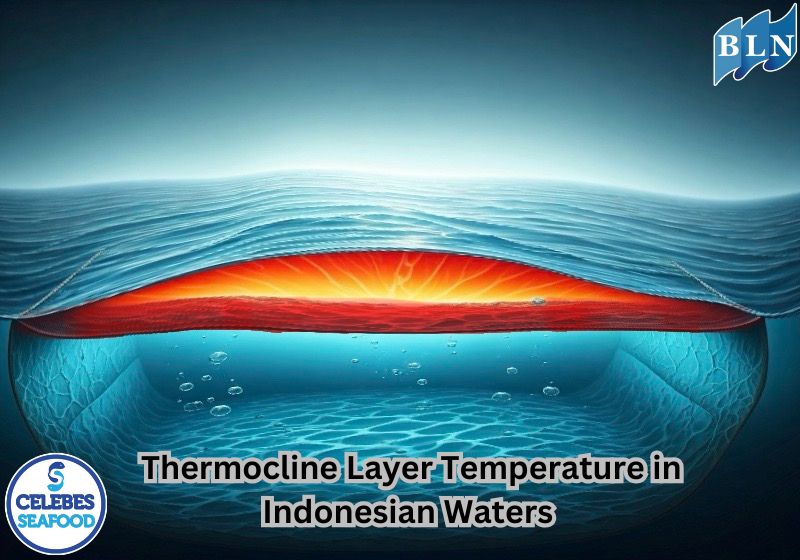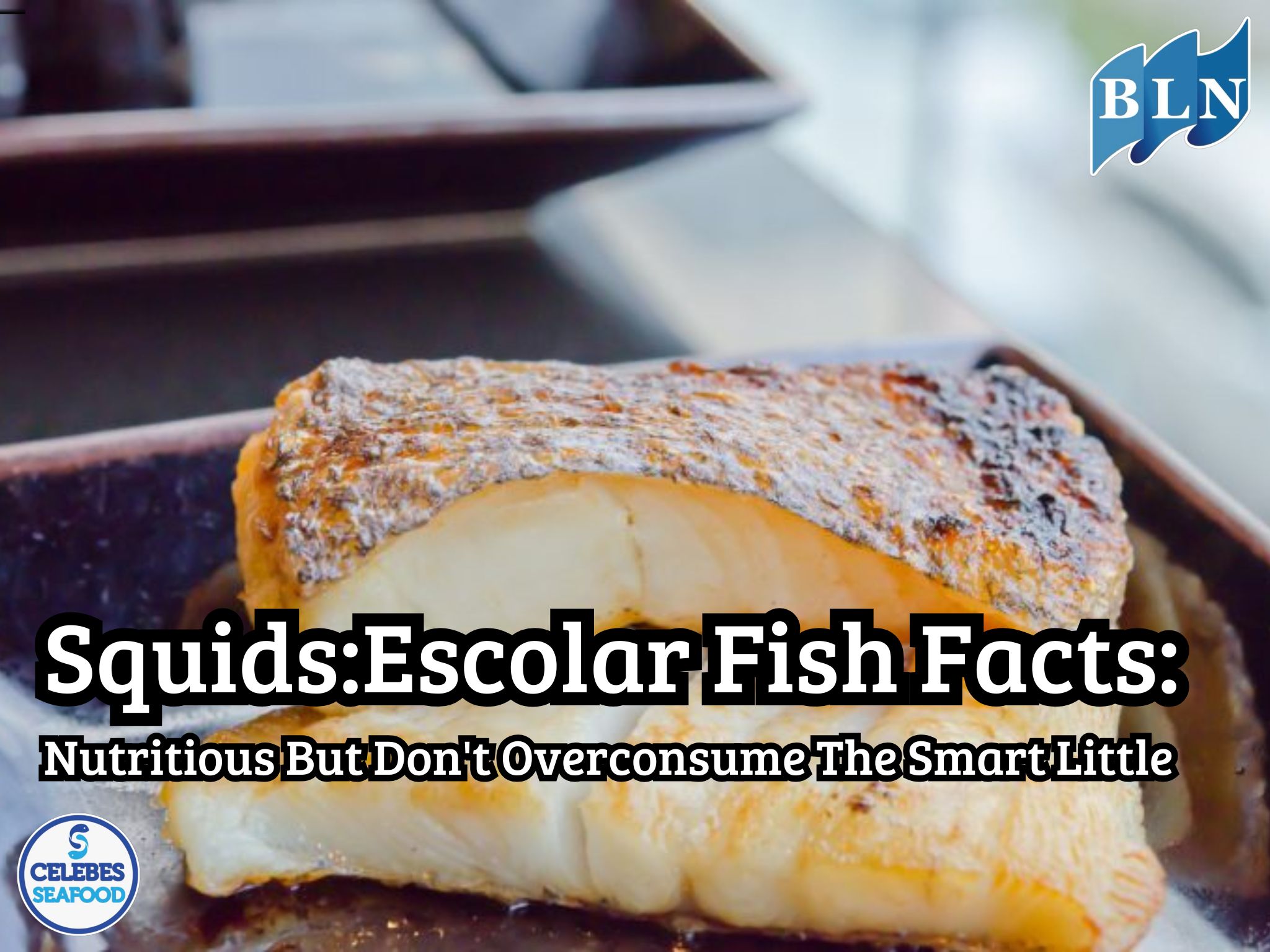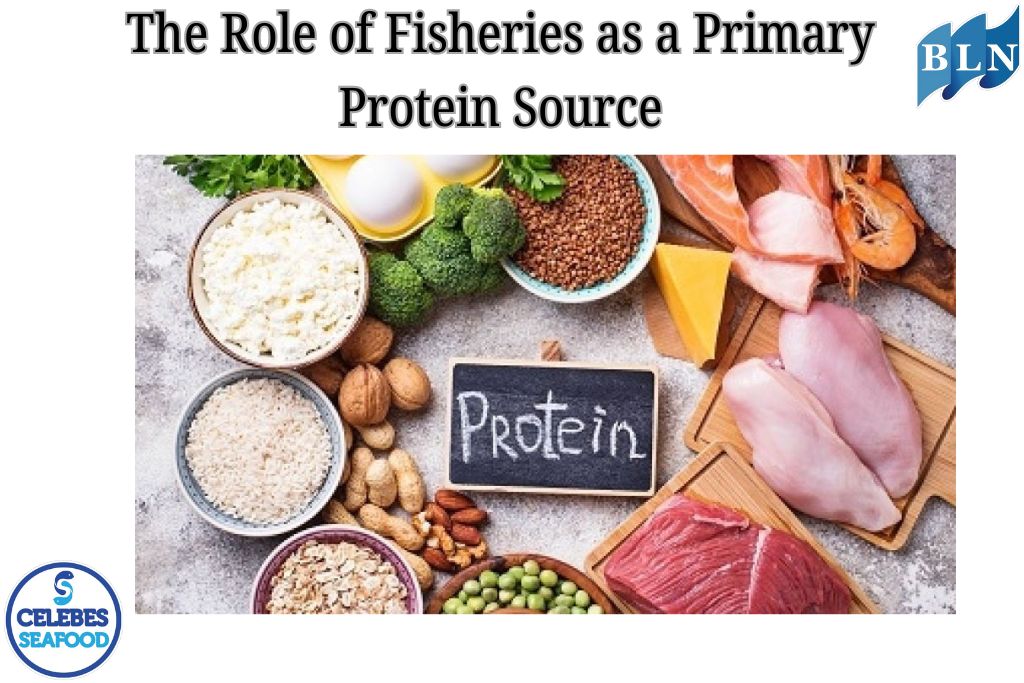Thermocline Layer Temperature in Indonesian Waters
By. Tri - 03 Jun 2025
lautnusantara.com_ Indonesia's waters, a global hotspot for marine biodiversity, hold many unique oceanographic characteristics that influence their ecosystems. One crucial yet often overlooked feature is the presence of the thermocline layer. This layer isn't just a simple temperature boundary; it's a dynamic zone vital for life beneath the ocean's surface.
What is the Thermocline Layer
Simply put, the thermocline layer is a zone in the water column where there's a rapid decrease in temperature as depth increases. Imagine diving into the ocean; at a certain depth, you'd feel a drastic temperature change to much colder water—that's the thermocline. Above this layer (the surface layer), the water tends to be warmer and its temperature relatively uniform due to sun exposure and wind mixing. Below the thermocline (the deep layer), the water is much colder and tends to be stable.
Thermocline Layer Temperature Characteristics in Indonesian Waters
In Indonesian waters, the thermocline layer generally has a temperature range of 15 to 25 degrees Celsius. This temperature range isn't static; it can vary depending on several important factors:
- Geographical Location: The vast Indonesian archipelago, stretching from Sabang to Merauke, has different oceanographic characteristics. Western Indonesian waters, which are shallower and closer to major landmasses, might show a different thermocline profile compared to the deeper, more open eastern waters facing the Pacific Ocean.
- Season: Seasonal changes, especially the wet and dry seasons, affect sunlight intensity and wind strength. This can alter the thermocline's depth and slightly influence its temperature.
- Ocean Currents: The Indonesian Throughflow (ITF), which transports water masses from the Pacific Ocean to the Indian Ocean, plays a significant role in heat distribution and influences the thermocline structure in this region. Local and regional currents also contribute.
- Depth: It's important to remember that within the thermocline layer itself, the temperature will continue to decrease with increasing depth until it reaches a more stable temperature in the deep water layer.
Why is the Thermocline Layer So Important
The thermocline layer plays a fundamental role in Indonesia's marine ecosystems:
- Water Mixing Barrier: Due to density differences caused by temperature, the thermocline acts as a "barrier," limiting the mixing between warm, oxygen-rich surface water and the colder, nutrient-rich water below (from the decomposition of organic matter).
- Nutrient Distribution: Despite being a barrier, the thermocline also helps store nutrients in the deeper layers. Upwelling (the rise of cold water masses from below to the surface) can break through the thermocline, bringing these nutrients to the euphotic zone (the sunlit zone), triggering phytoplankton blooms and supporting the food chain.
- Marine Organism Habitat: Many species of fish, squid, and other marine organisms have specific temperature preferences. The thermocline can be the depth limit for their daily vertical migration, where they move upwards to feed at night and return downwards to avoid predators or seek more stable temperatures during the day.
- Climate Implications: The thermocline temperature is also a crucial indicator in climate change studies and global phenomena like El Niño and La Niña, which can affect the thermocline's depth and strength, with implications for fisheries and weather.
Understanding the temperature characteristics of the thermocline layer in Indonesian waters is key to sustainably managing marine resources and mitigating the impacts of climate change on this incredibly valuable marine ecosystem. Further research continues to unravel the complexities of this vital layer.
If you are interested in our Coral Trout Fillet Skin On, CORAL TROUT WGG WHOLE GILLED GUTTED, TOMATO COD WHOLE GILLED GUTTED please do not hesitate to contact us through email and/or whatsapp.





.jpg)


